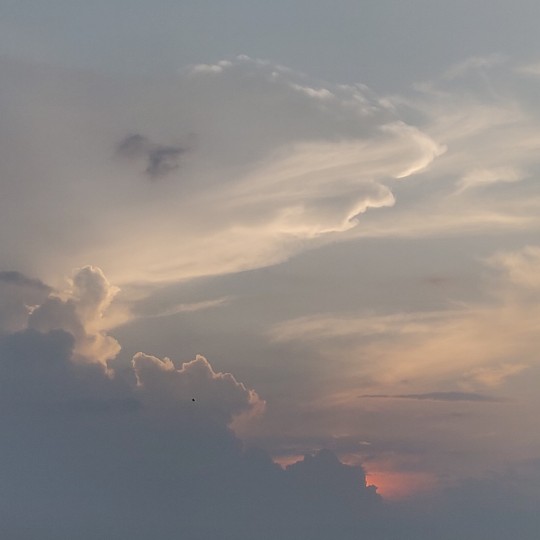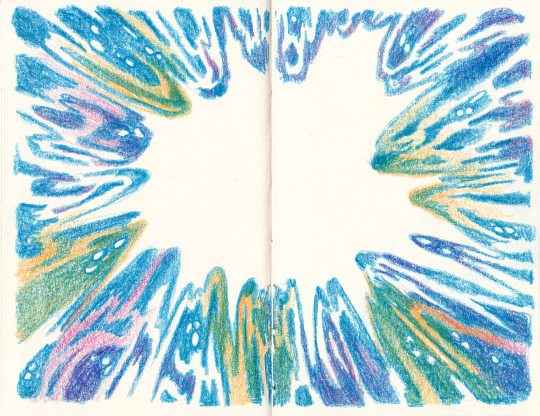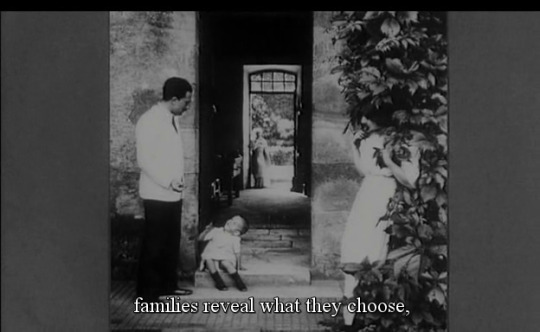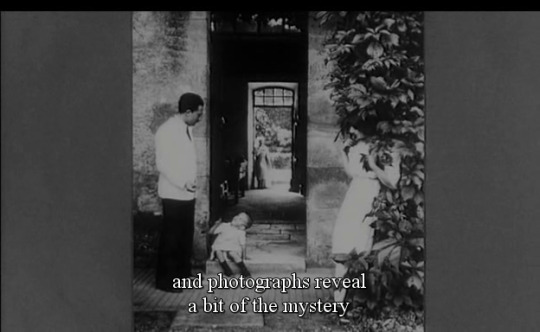Text
“When I was nine years old, the world, too, was nine years old. At least, there was no difference between us, no opposition, no distance. We just tumbled around from sunrise to sunset, earth and body as alike as two pennies. And there was never a harsh word between us, for the simple reason that there were no words at all between us; we never uttered a word to each other, the world and I. Our relationship was beyond language—and thus also beyond time. We were one big space (which was, of course, a very small space).”
— Inger Christensen, The Condition of Secrecy
9K notes
·
View notes
Quote
Clearly there are two types of time, real and staged. There are a few ways to say that. Accidental clocks versus deliberate clocks. Time that has been caught on film versus time that has been manipulated for film. It turns out that accidental clocks are more poignant than deliberate clocks. The actors in the street valiantly approximate reality, but the clock tower behind them has captured reality, a genuine moment in time, now passed forever, unrecoverable, yet reanimated by film. It really was 3:22. 3:22 would have happened, whether it was filmed or not, and consequently this moment feels unvarnished, unmanipulated, true.
Zadie Smith, "Killing Orson Welles at Midnight"
10 notes
·
View notes
Photo

From “Cats in the Sun”, Greek Islands, published 1994 by Hans Silvester
33K notes
·
View notes
Photo

Julie Heffernan
Study for Self Portrait as World, 2008
Oil on canvas
2K notes
·
View notes
Quote
If I had to make a statement about the very most ultimate nature of what I saw, I'd say it seemed to be a single complex sphere in flux, elaborating (yes, that's the word I want: elaborating) itself out of its continually greater number of stages of antecedent states/stages, always surpassing itself esthetically, in terms of wisdom, intricacy, efficiency, level of negentropy (organization): yes, perpetually surpassing itself in the level of organization (completeness) — filling in the gaps by a continually better and better — i.e., wiser, more efficient, more beautiful — use of its constituents and their arrangement — placement within — subsumed as parts — by the single over-all unitary structure. It may indeed develop from simplicity to complexity. But at the same time it progresses from plurality (many pieces) to incorporation into a unity. So its number is inversely proportional to its complexity: it goes from the many simple to the one absolutely complex.
Philip K. Dick, The Exegesis of Philip K. Dick
#aesthetics#beauty#order#wisdom#simple#complex#multiplicity#unity#metaphysics#quotes#Philip K. Dick#The Exegesis of Philip K. Dick
28 notes
·
View notes
Photo

Hinode Views the 2012 Venus Transit by NASA Goddard Photo and Video
370 notes
·
View notes
Quote
[Themes] no longer exist as objects, as property, as tools with which the subject-as-critic can mark out a clear and bounded territory, can solve the problems of the text. (Themes are no longer presences in the texts. They are no longer objects.) Themes are now demoted to the status at least of states (which can be overthrown) or of kings (who can be deposed), and removed from that position which claims that they are, as content, absolutely and irrevocably allied to their position, grounded in it and part of it. They dissolve, rather, into specific, decentered galaxies of problems — a problematic, as some poststructuralists might say. They are disposed of as themes and begin to be dispositions (i.e., moods).
Samuel R. Delany, "Neither the First Word nor the Last on Deconstruction..."
#themes#properties#definitions#language#meaning#texts#literature#moods#emotions#dispositions#quotes#Delany#Samuel R. Delany#Neither the First Word nor the Last on Deconstruction...
11 notes
·
View notes
Quote
Lévi-Strauss sees man with a Lucretian pessimism, and a Lucretian feeling for knowledge as both consolation and necessary disenchantment. But for him the demon is history — not the body or the appetites. The past, with its mysteriously harmonious structures, is broken and crumbling before our eyes.
Susan Sontag, "The Anthropologist As Hero"
#history#structure#order#meaning#language#humanity#quotes#Sontag#Susan Sontag#The Anthropologist As Hero
11 notes
·
View notes
Photo

Sky Globe by Edward Hald (Swedish, 1883-1980), Engraved Glass, 1920. Swedish painter, graphic and first and foremost glass-artist.
18K notes
·
View notes
Photo

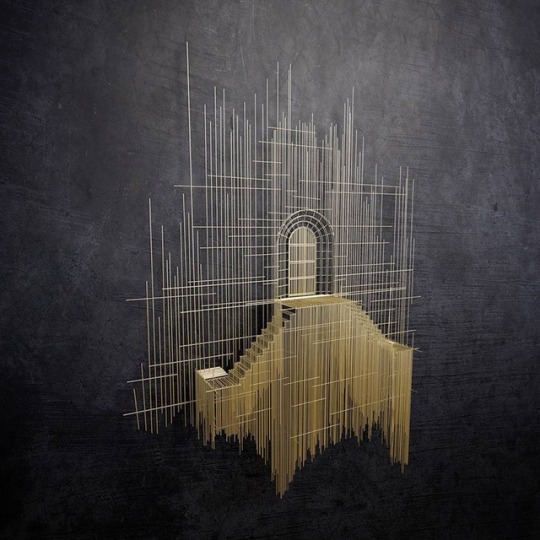

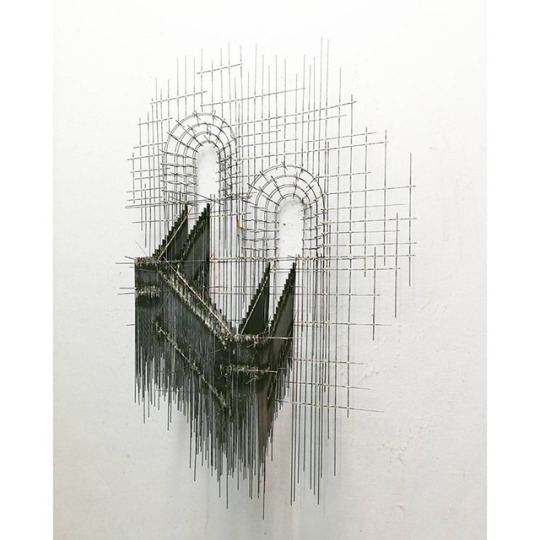

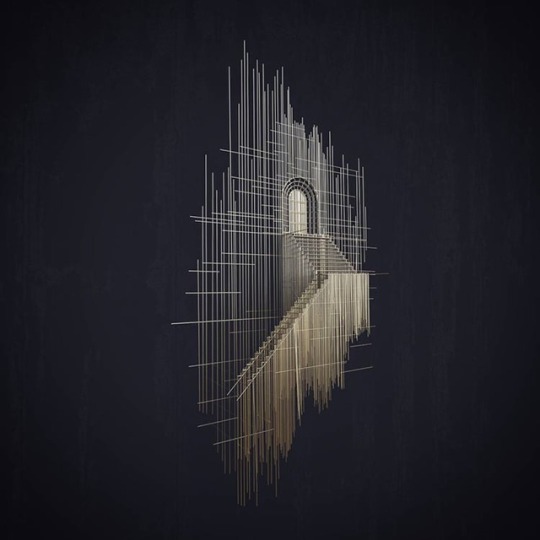
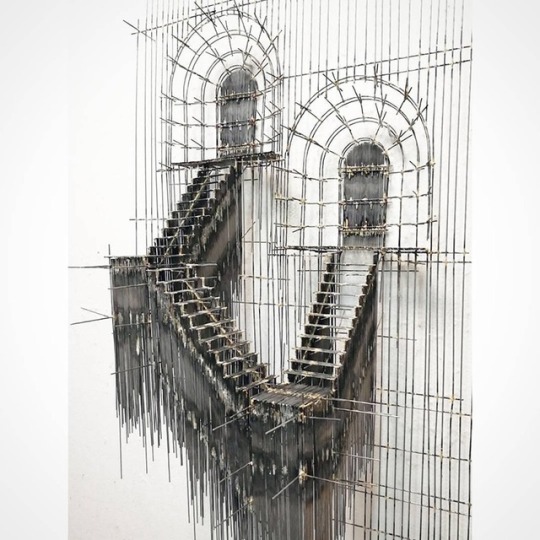

Floating Staircase Sculptures Made with Wire Look Like 3D Architecture Sketches
1K notes
·
View notes
Quote
Art is dead, not only because its critical transcendence is gone, but because reality itself, entirely impregnated by an aesthetic which is inseparable from its own structure, has been confused with its own image. Reality no longer has the time to take on the appearance of reality. It no longer even surpasses fiction: it captures every dream even before it takes on the appearance of a dream.
Jean Baudrillard, Simulations
#art#aesthetics#reality#virtual#image#appearance#perception#imagination#quotes#Baudrillard#Jean Baudrillard#Simulations
153 notes
·
View notes
Photo

Ukraine’s Pripyat River is Like a Work of Art From Space
18K notes
·
View notes
